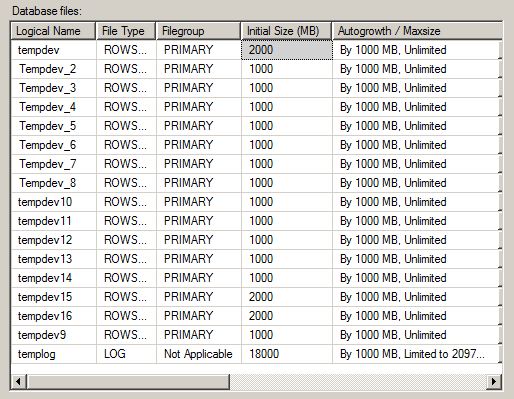Here's a fun one. Last week I reconfigured the initial file sizes in our tempdb database to 1GB each. We had an event a few weeks back that locked up our server due to a table with no indexes getting absolutely hammered. This caused our 3 of our tempdb files to grow. I re-sized them using SSMS 2014 and they should have reset to their configured size this past Sunday when we rebooted the server. They didn't and now I'm seeing a difference in the information SSMS is returning for those files.
Our server is 2008 R2, here are the different SSMS views:
2008:

2014:

Here are the files as they currently sit on the server itself:

It seems that SSMS 2014 is returning the correct information, but SSMS 2008 is not. Is this a known issue that anyone has seen before? If so, what's causing it? Does 2014 attempt to store this information differently than 2008 R2 and negate the 2008 configured values?
Now, there were no auto-grow events that happened once the server was restarted (checked the default trace and there were no events) Given this information, what do you think my best course of action is to get these files re-sized appropriately. I'm totally fine with growing all the files to 2GB but those tempdb files are hardly being used (<5% usage on all of them).
The servers are not on fire or anything and production is running fine but we definitely want all those tempdb files configured to the same size.
EDIT: Result of requested query

